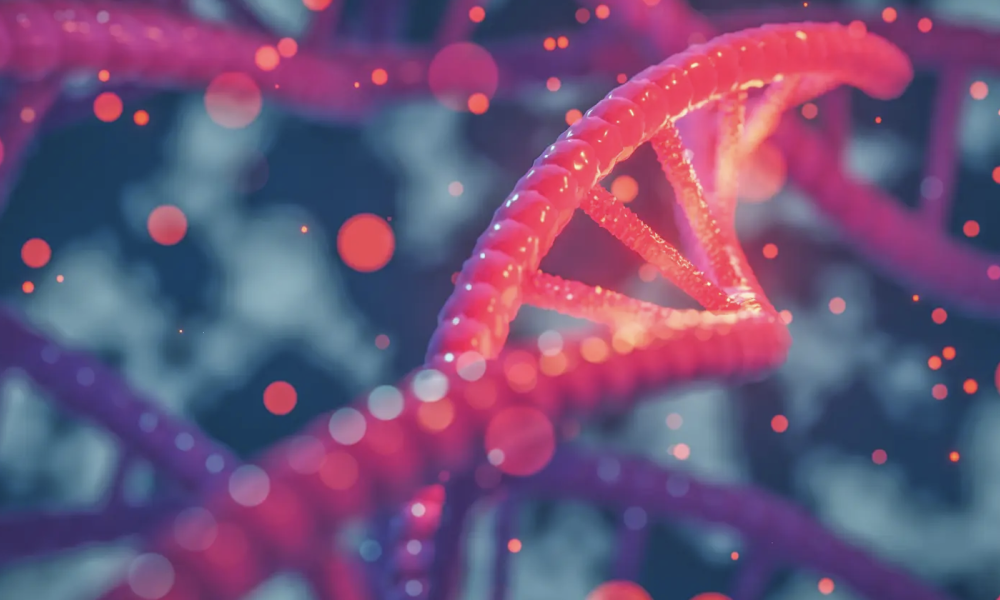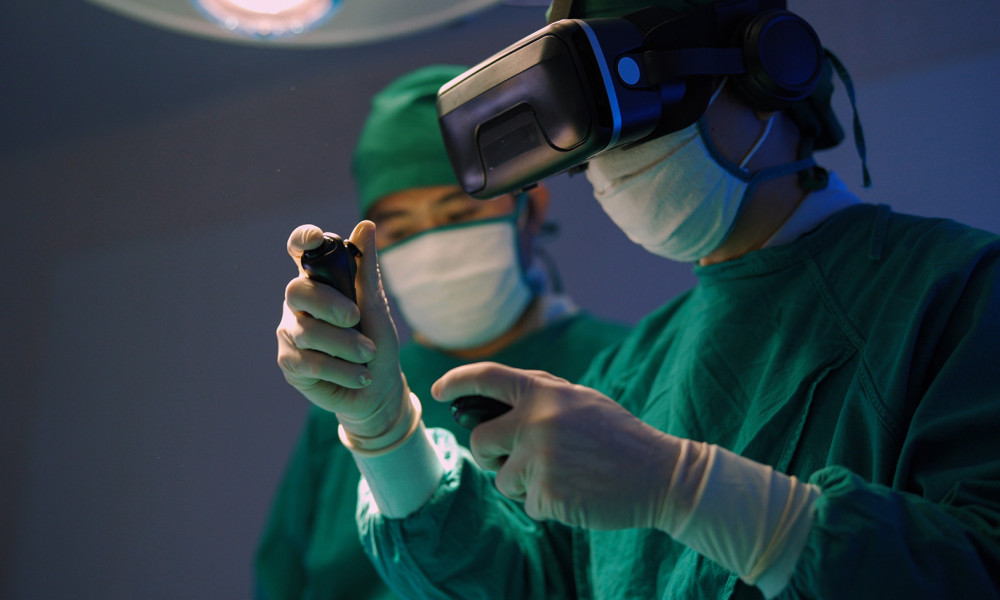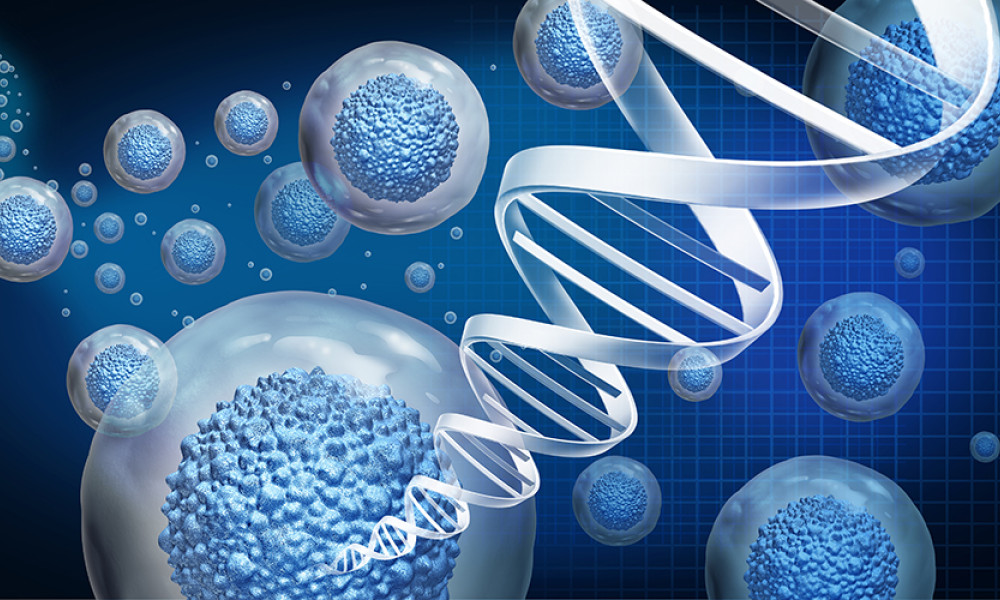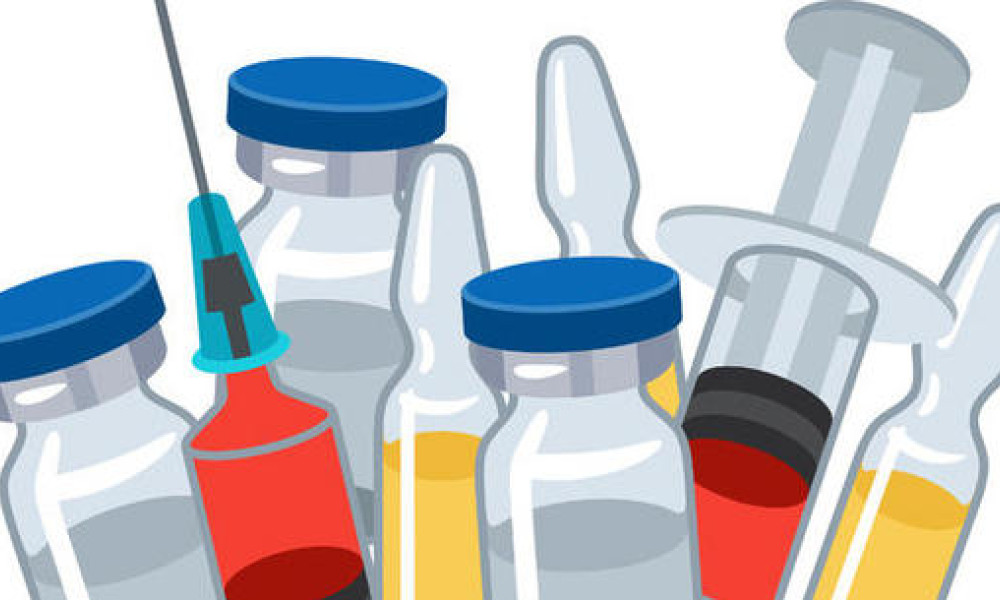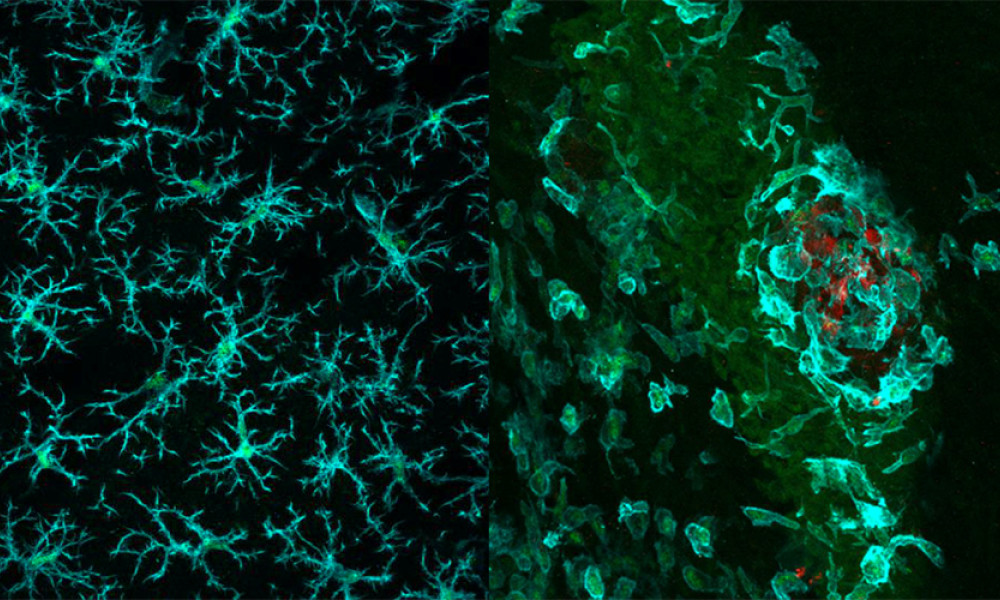How science is getting closer to a world without animal testing
Alex Blyth thought his company had a genius strategy to reinvent cancer treatment. By examining the immunity of the lucky few who had no family history of the disease, Lift Biosciences discovered a potential treatment to destroy tumours for everyone else. Then the cell therapy hit a snag: it did not work when tested on mice.
The bad news came just as Blyth was about to sign a £20mn-plus fundraising round for his Cambridge-based biotech. Investors were shaken by the poor data from the pre-clinical study and, suddenly, he could only raise £5mn, at a lower valuation.
But Lift’s chief scientist Oxana Polyakova turned to a novel technology that replicates a miniature human tumour in a dish: a tumoroid. When used on the tumoroid the drug “totally trashed” the cancer, Blyth says, to the point where a patient would have been in complete remission.
“It showed we had something that really worked. Investors were thrilled: they had just come in at the lower round,” he says. “I wasn’t so thrilled.”

